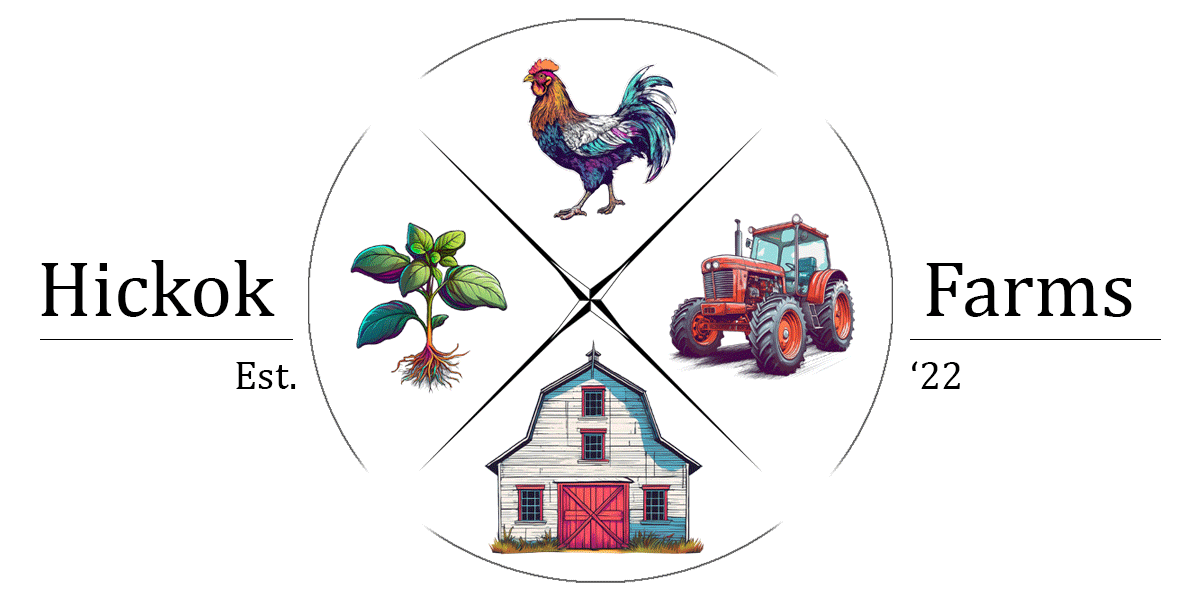Plant Profiles
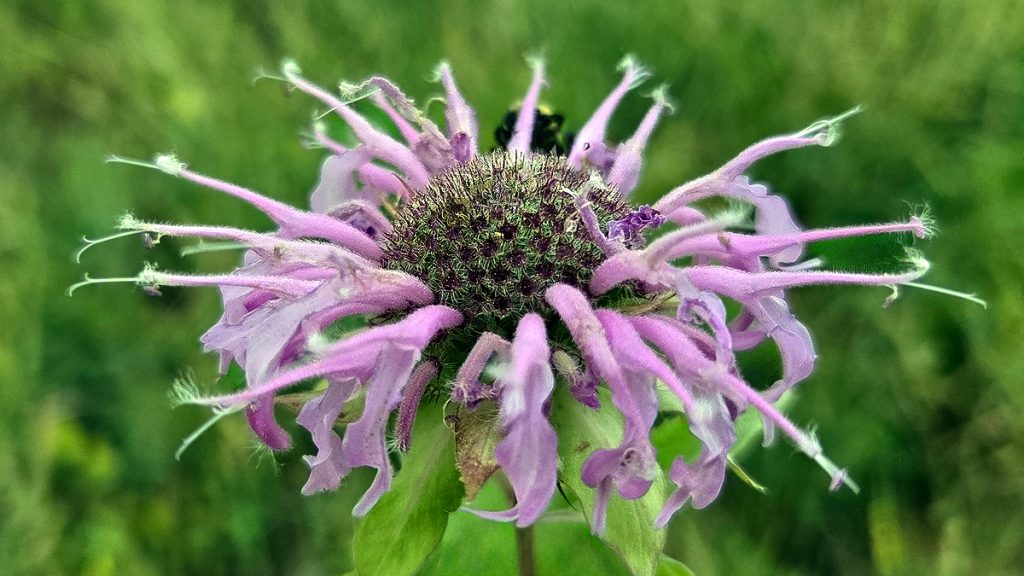
Bee Balm (Monarda didyma)
Bee Balm is a vibrant perennial herb native to North America, known for its striking scarlet-red tubular flowers that bloom from midsummer through early fall. This member of the mint family not only attracts bees, butterflies, and hummingbirds with its nectar-rich blooms, but also serves as a culinary and medicinal herb with a distinctive citrusy-mint flavor. The aromatic leaves can be used fresh or dried for teas, and the plant has a rich history of use by Native Americans for treating various ailments, earning it the nickname "Oswego tea."

Black-Eyed Susan (Rudbeckia hirta)
Black-Eyed Susan is a cheerful, drought-tolerant wildflower that epitomizes the American prairie with its bright golden-yellow petals surrounding a distinctive dark brown center. This hardy annual or short-lived perennial blooms from early summer through fall, providing reliable color and attracting beneficial pollinators including bees, butterflies, and birds who feed on its seeds. Easy to grow and self-seeding, Black-Eyed Susan thrives in poor soils and full sun, making it an excellent choice for naturalized gardens, meadows, and low-maintenance landscapes.
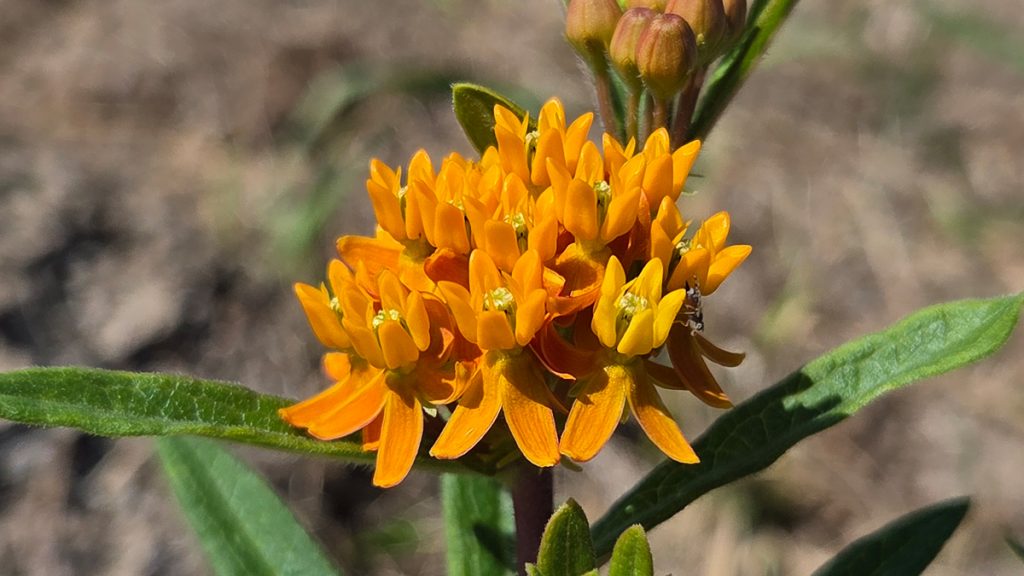
Butterfly Weed (Asclepias tuberosa)
Butterfly Weed is a spectacular native milkweed that produces clusters of brilliant orange flowers from midsummer through early fall, creating one of nature's most important butterfly magnets. This drought-tolerant perennial is essential for monarch butterfly reproduction, serving as both a nectar source for adults and the exclusive host plant for monarch caterpillars. Unlike other milkweeds, Butterfly Weed has a deep taproot and doesn't spread aggressively, making it suitable for formal gardens while still providing crucial habitat for declining pollinator populations and adding vibrant color to prairie plantings and wildlife gardens
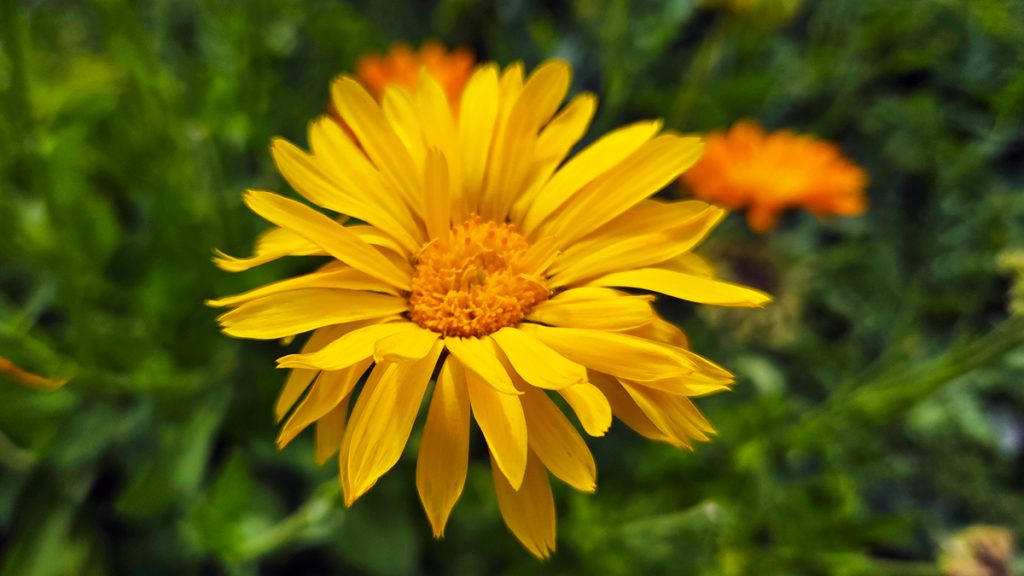
Calendula (Calendula officinalis)
Calendula, also known as pot marigold, is a cheerful annual flower prized for both its ornamental beauty and remarkable healing properties. The bright orange and yellow daisy-like blooms appear continuously from spring through frost, while the edible petals add color and a mild, peppery flavor to salads and dishes. Renowned for its anti-inflammatory and wound-healing compounds, calendula has been used medicinally for centuries in salves, oils, and teas, making it a valuable addition to any herb or cutting garden.
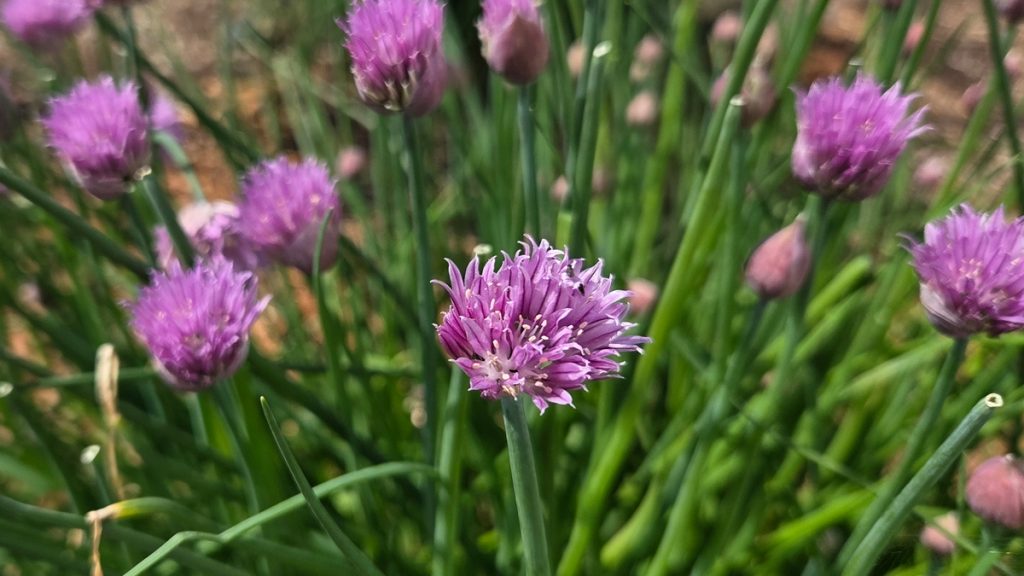
Chives Common (Allium schoenoprasum)
Common Chive is a versatile perennial herb that forms attractive clumps of slender, hollow green leaves topped with globular purple-pink flowers in late spring and early summer. This member of the onion family provides a mild onion flavor to culinary dishes when the leaves are snipped fresh, while the edible flowers add both beauty and flavor to salads and garnishes. Easy to grow and virtually pest-free, chives are excellent for herb gardens, border plantings, or containers, and their flowers attract beneficial pollinators while the plant naturally repels many garden pests.
Coneflower Purple (Echinacea purpurea)
Purple Coneflower is an iconic North American prairie perennial beloved for both its ornamental appeal and medicinal properties. The distinctive flowers feature drooping purple-pink petals surrounding prominent orange-brown cone centers that bloom from midsummer through fall, attracting butterflies, bees, and birds. Beyond its garden value, this hardy plant has been used traditionally as an immune-supporting herb, with roots and leaves harvested for teas and tinctures. Low-maintenance and drought-tolerant once established, Purple Coneflower self-seeds readily and provides winter interest when seed heads are left standing.
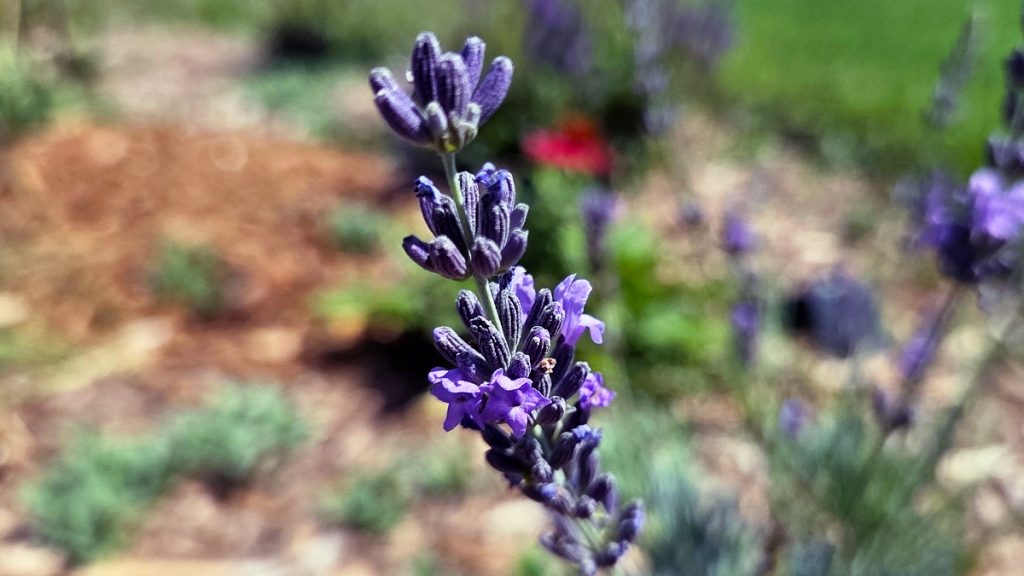
Lavender (Lavandula angustifolia)
Lavender is perhaps the most beloved aromatic herb in the world, prized for its distinctive fragrance, beautiful purple flower spikes, and versatile uses ranging from perfumery to culinary applications. This Mediterranean native thrives in well-drained soils and sunny locations, producing its iconic flowers from late spring through summer while attracting bees, butterflies, and other beneficial insects. The dried flowers retain their fragrance and are commonly used in sachets, potpourri, and bath products, while the essential oil has been treasured for centuries for its calming and therapeutic properties.
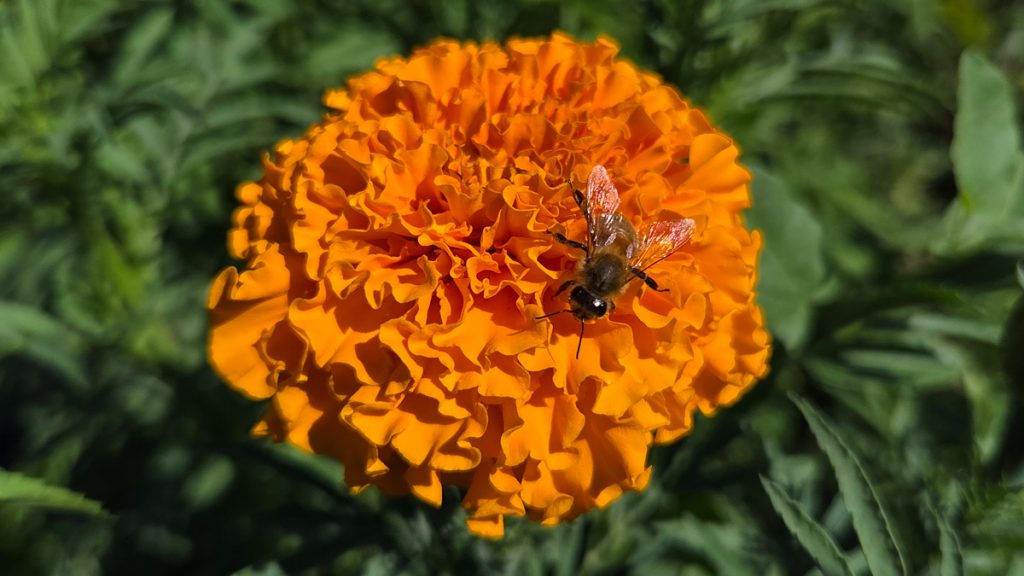
Marigold (Tagetes erecta)
Our favorite Marigold variety, the Crackerjack, is a favorite in our garden, with some added benefits.
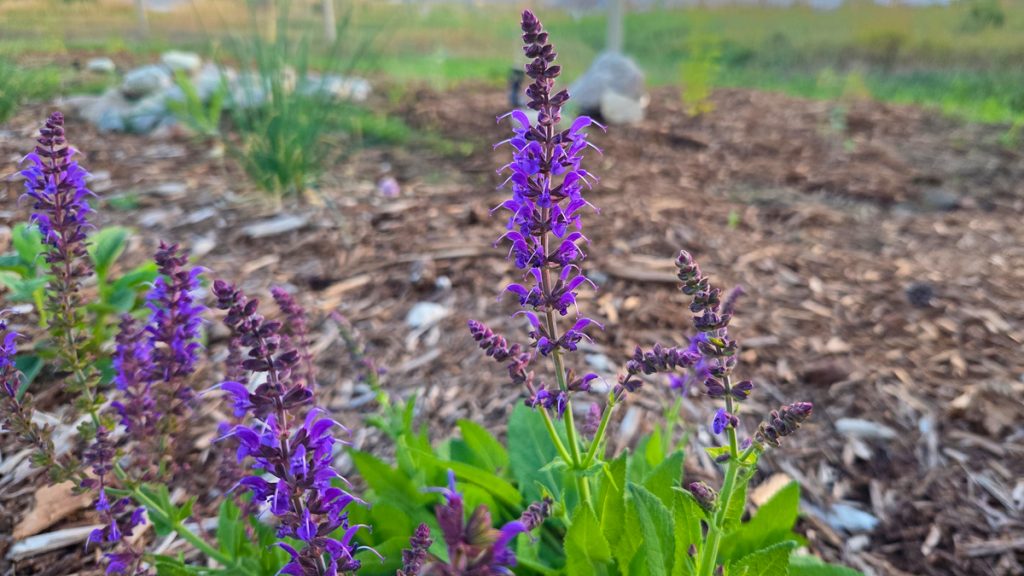
Meadow Sage (Salvia pratensis)
Another great and hardy medicinal that is beautiful in the landscape, and loved by pollinators.

Wood’s Rose (Rosa woodsii)
Wild Rose is a hardy native shrub that embodies the simple beauty of single-petaled pink flowers followed by bright red rose hips that persist through winter. This drought-tolerant species typically grows 3-6 feet tall, forming thickets that provide excellent wildlife habitat while requiring minimal care once established. The fragrant flowers bloom in early summer and attract various pollinators, while the vitamin C-rich hips are valuable food sources for birds and can be harvested by humans for teas, jellies, and natural remedies, making this rose both ornamental and functional in native plant gardens.
